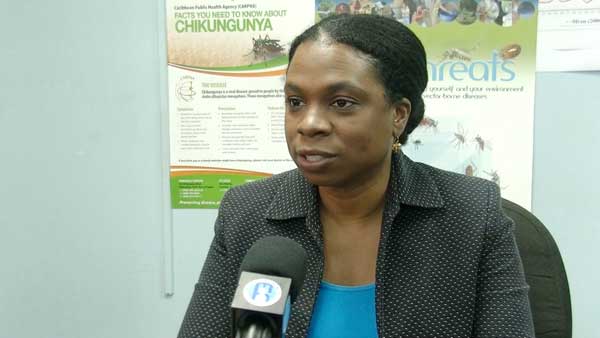PRESS RELEASE – THE Ministry of Health and Wellness here has released the finding of a Shistosomiasis or Bilharzia survey conducted among children aged 8 – 11.
Survey participants were selected from among 63 infant and primary schools from around the island.
A total of 1,586 students aged 8 – 11 from across the island participated in a Shistosomiasis or Bilharzia survey in May of 2017.
Pan American Health Organization (PAHO) both funded and provided technical support for the survey. Testing was done by the Centers for Disease Control and Prevention (CDC), the University of Georgia and the Leiden University Medical Centre in the Netherlands.
Chief Medical Officer, Dr. Merlene Fredericks-James, provided an update on the finding of the survey.
She explained, “There were two separate occasions in October of last year and May of this year (2018) when we had to go back and retest two small groups of students to ensure the results that we had.
“But we are very pleased to indicate that all of the results for the students that we tested during the Shistosomiasis or Bilharzia survey all of those results are negative; which means that all the children are all fine and we found no sign of Bilharzia or Shistosomiasis amongst the children whom we tested during the survey.”
Students were interviewed and blood and urine samples were taken for testing after obtaining parental consent and the appropriate research ethical approvals.
The Chief Medical Officer added that in May of 2019 the Ministry of Health will undertake further surveys to establish the status of Shistosomiasis in St. Lucia.
She further explained, “Although the disease is rare we do know that some adults who had contracted the disease perhaps when they were very young and who may still be infected given that in my instances the disease is asymptomatic and persons can have it with no sigh at all for a very long time.
“So we will be doing a survey among high risk adults, persons like farmers and butchers and others who are usually in water or in marshy areas, we will be doing a survey there and we will also be going out to look for the particular snail that acts as an intermediate host for Bilharzia.”
She said the snail still exists in some rivers and drains on island they will also be tested for any signs of Bilharzia.
Dr. Fredericks credits the success of this survey to the support of both parents and students who participated, the Ministries of Education and Agriculture, the Shistosomiasis Elimination Steering Committee and all who participated and supported this survey. (MOH)













